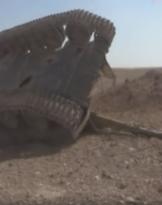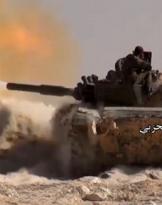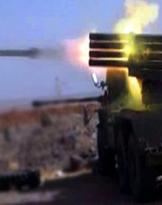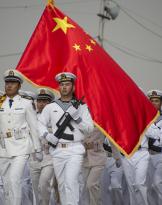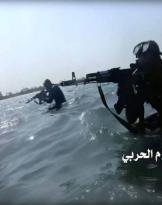While preparing for the ceasefire, weapons still speak.
Both in the case of unlikely negotiations (between who and for what is still not clear), and in this case where the status quo prevails, the troops of Damascus and their allies try to recover as much territory as possible from the fundamentalist militia. For their part the terrorists of the entire Islamist galaxy, from north to south, sell their skin dearly and in some places they show signs of recovery: Khanasser, on the supply route to Aleppo, has been reconquered by ISIS in these hours.
The government offensive in the north-eastern sector of Latakia resumes vigorously, a prelude to the plain of the Governorate of Idlib. Straddling the mountains overlooking Turkey and the valley of the Orontes river, this green area rich in fir trees, history and landscapes, has been raped by the war for years but for the first time, at least in theory, it returns to see the light of a return to normality. The road is still long, but you can see the signs.
From Sunday 21 February the launch of Syrian Air Force leaflets on Jisr al-Shughour began, with an ultimatum inviting the militiamen to surrender Jaysh Al-Fatah (Army of Conquest).
We specify that Jaysh Al-Fatah it is sponsored by Ankara and up to half 2015 has enjoyed a sort of exclusive delegation to other Islamist groups for the Idlib Governorate. Object of a strong concentration of Russian air strikes and an acceleration of 103 operationsa Commando Brigade of the Republican Guard, theArmy of Conquest it has begun to lose positions since last autumn, until it began a real retreat on the entire north-west front.
The region behind Jisr al-Shughour, very difficult because it is rocky and adjacent to the Turkish border and supplies, would not favor the movement of armored vehicles, the main reason why the bulk of Syrian heavy vehicles would move along the now famous 4 highway (in the Latakia-Aleppo section). 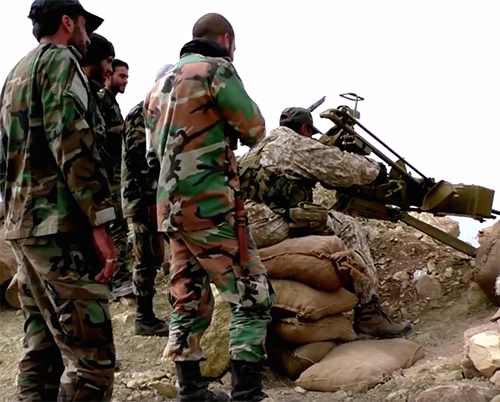
Local military sources claim that government officials could still be at the city gates by days. The assault on some strategic hills and the city of Sirmaniyah would be underway at this time. We are near Salma, reconquered in January (see our report).
In the offensive the Hezbollah militia, a historical enemy of, would play a not minor role Jaysh Al-Fath. The actual weight of the Shiite militiamen, the Iranian support and the role that Israel will play, are obviously all to be seen in the course of the developments of the Syrian crisis.
To the south, ISIS terrorists resist tenaciously in the Quraytayn mountains in the southeastern front of Homs. There are about 100 km between Quraytayn and the Iraq border along the 2 highway. Recovering the city would put the territorial continuity of the Caliphate at risk.
However, the situation remains fluid. The only certain thing is that diplomacy runs after the front. The greater the military reconquest of Damascus, the fewer the negotiating cards to play for the neighboring countries ready to claim a role. The next few weeks will be crucial for Syria's future.
(Photo: القوات المسلحه السورية)


